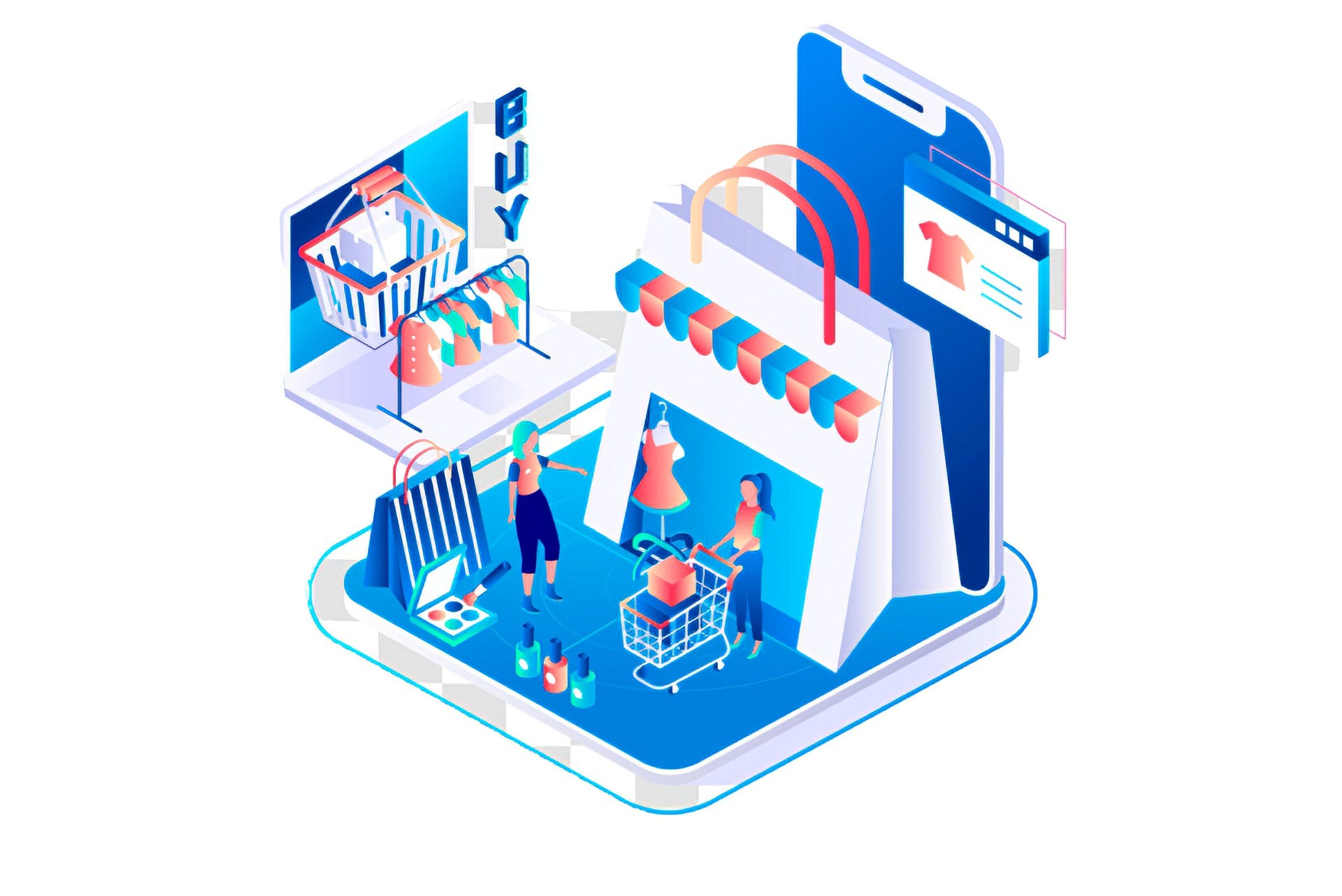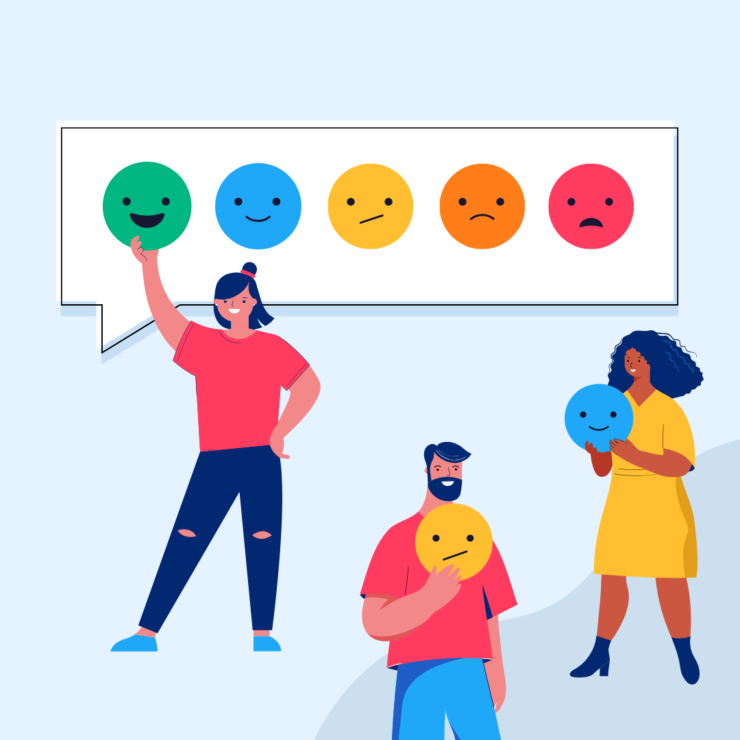One of the primary roles of traditional CRM software is to record and store essential customer information (preferred communication method, account details, and potential customer leads) in one centralized location. Using traditional CRM software in daily operations is beneficial as it helps businesses understand how to interact sufficiently with their customers and meet their needs.
The primary objective of traditional CRMs is to unite employees and customers by ensuring that everyone gets what they need. Finally, traditional CRM software provides a detailed customer profile, including past purchases and access history, for those involved in sales.
E-commerce CRMs (e-CRM), which are part of modern CRM solutions, primarily focus on sales and customer experiences conducted online. Similar to traditional CRMs, e-CRMs can analyze customer information and sales models, as well as record and store data, but they are designed to do this on a daily basis. Most e-CRM software also has the ability to analyze the metrics of your website. However,…
- Conversion rates;
- Customer click-through rate;
- Email subscription preferences;
- Access to information such as which products customers are interested in.
Compared to traditional companies, e-commerce businesses have different needs. Since almost the entire customer experience takes place online, e-commerce CRM software monitors every aspect of the customer’s experience from a virtual perspective by reporting on traffic, conversions, click-through rates, and email subscription lists.

Let’s take a look together at some differences between traditional CRM solutions and E-commerce CRMs.
Traditional CRM Software
- Traditional Customer Relationship Management applications are referred to as CRM.
- Customer interaction is established through retail stores, phone calls, or email.
- Customer relationships are limited by place and time.
- A CRM is structured around businesses and brands.
- Traditional methodologies are used to conduct CRM business.
- Interactions in CRM are rigid and static.
- CRM does not necessarily have to be innovative.
- Data and workflows move from the customer to the CRM solution.
- Data in CRM may not be up-to-date.
- Customer data is entered into the system by individuals.
E-Commerce CRM (Modern CRM Solutions)
- E-commerce Customer Relationship Management solutions are referred to as E-CRM, an acronym for “Electronic Customer Relationship Management.”
- These solutions utilize social media, email, internet connectivity, smart mobile devices, and personal digital assistant techniques to communicate with customers.
- Customer relationships can be established at any time and any place.
- It is designed to meet the requirements of the market.
- E-CRM employs advanced digital techniques and principles to carry out its operations.
- Interactions in E-CRM are complex and evolve over time.
- E-CRM should be open to new ideas.
- Data and workflows operate bidirectionally.
- Data in E-CRM must be up-to-date.
- Customer data flows into the system with the help of automation and integration.
The fundamental role of E-CRM for you will be to manage and prioritize all customer information, contact details, product/category relationships, invoice details, and on-site behaviors (sessions and interactions).
“Traditional systems require data entry, while in modern systems, this is replaced by data flow.”
Hope to see you in the next post…




